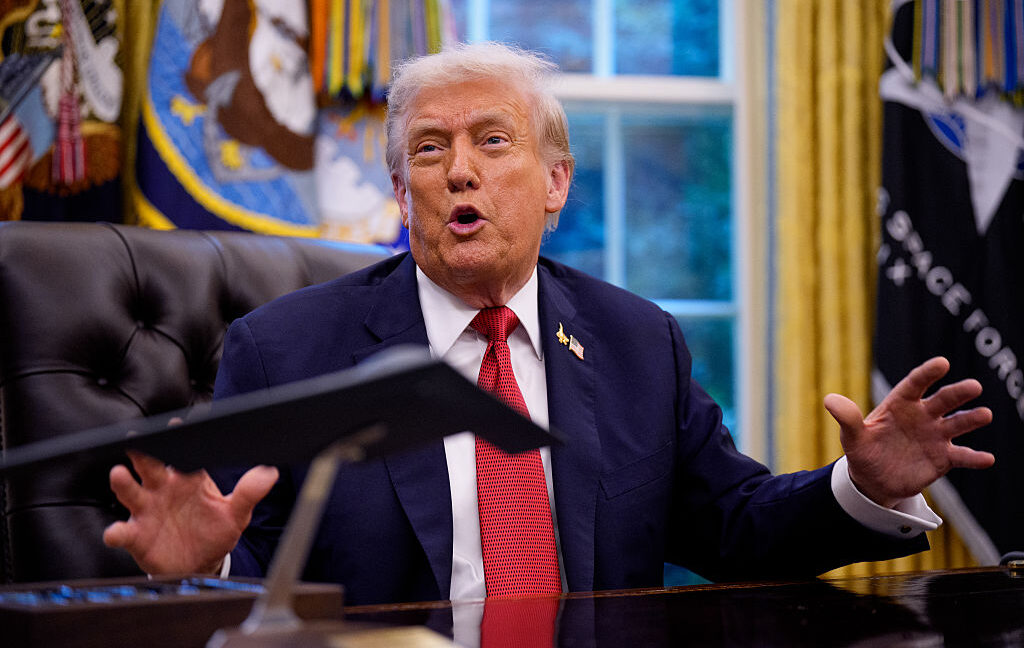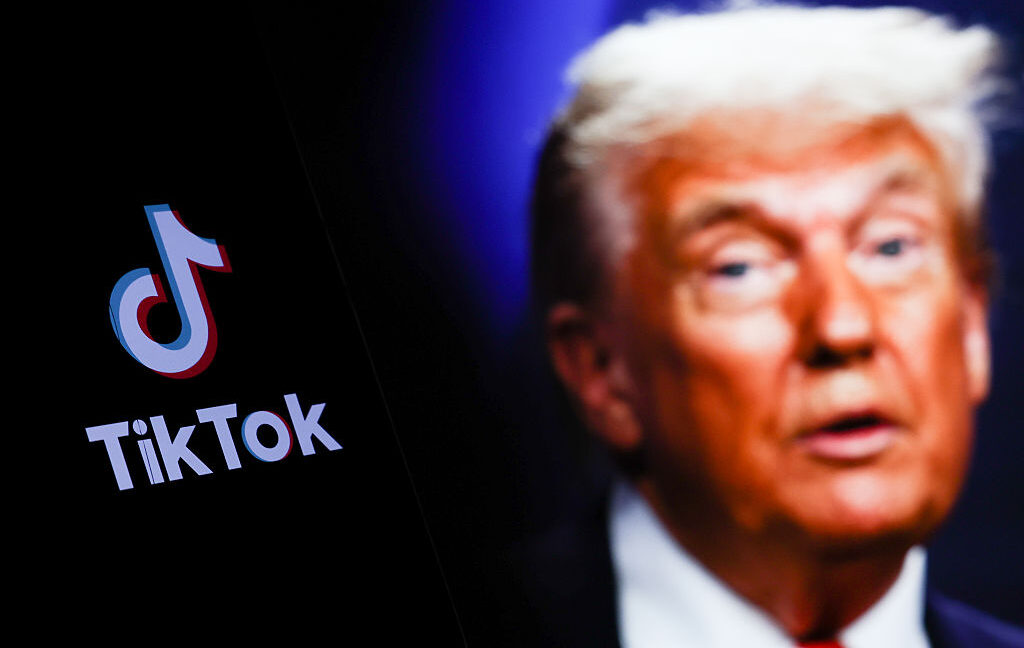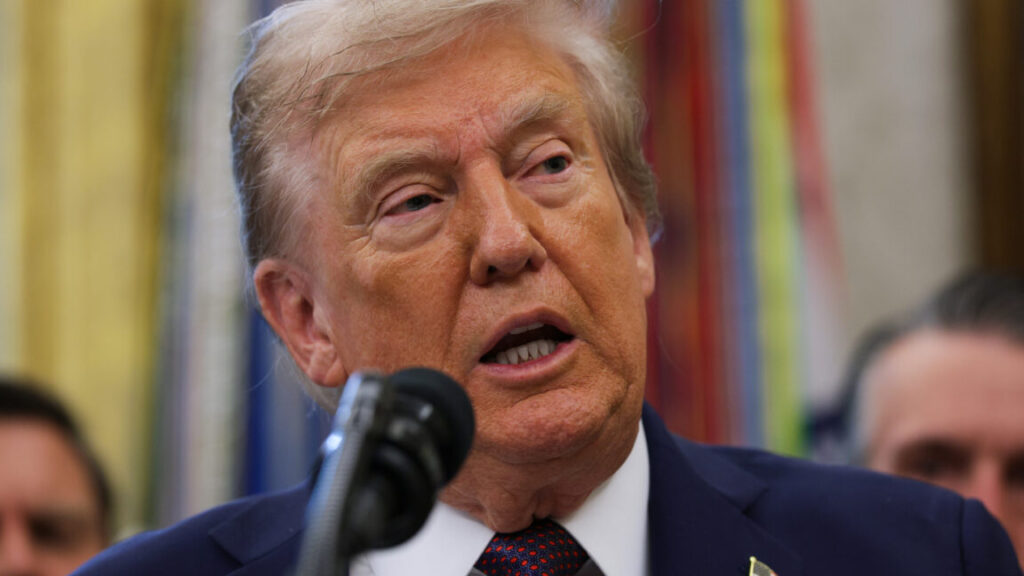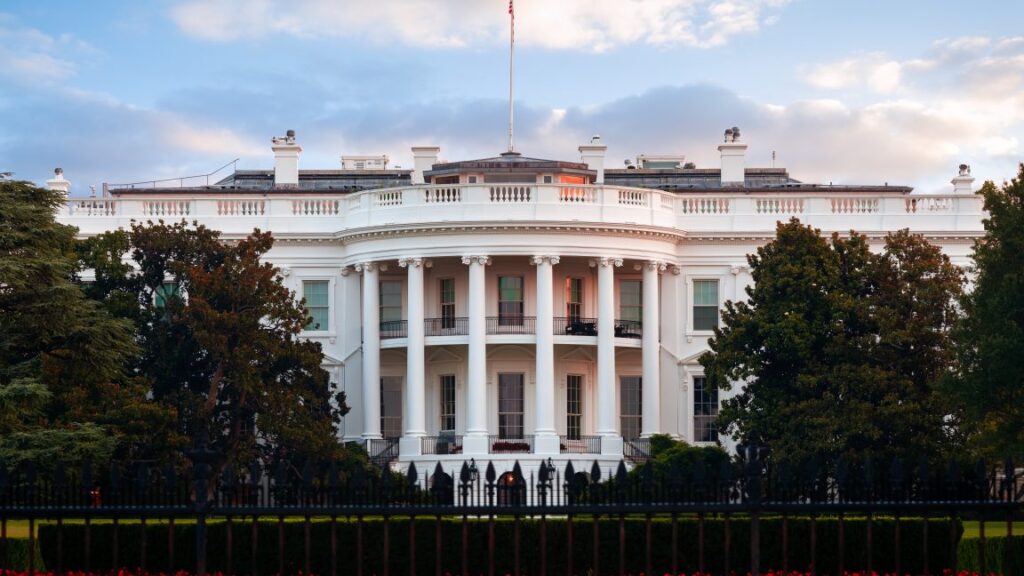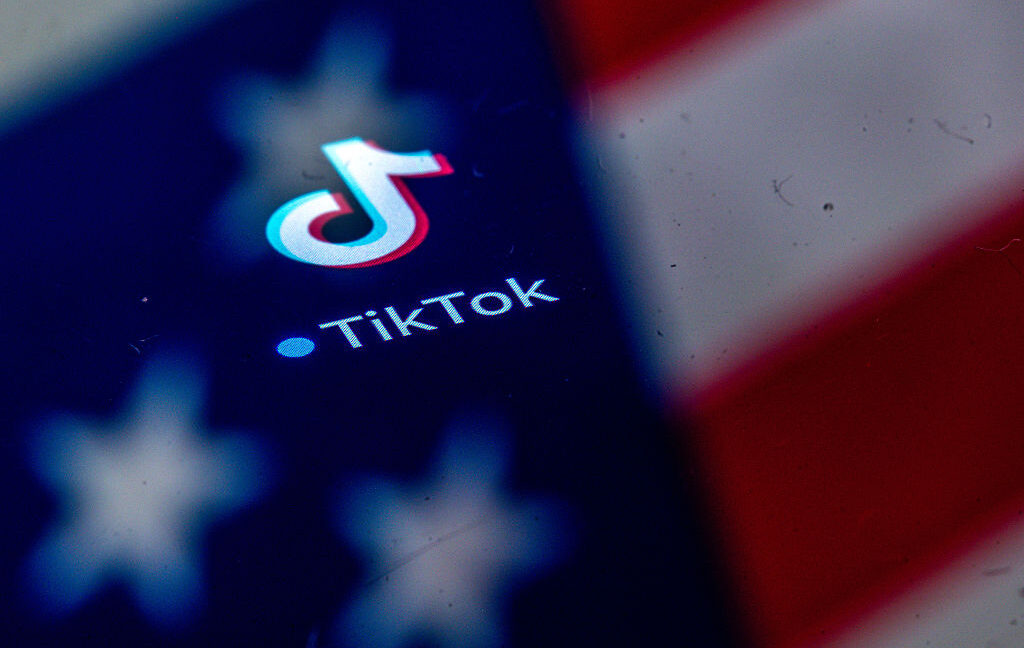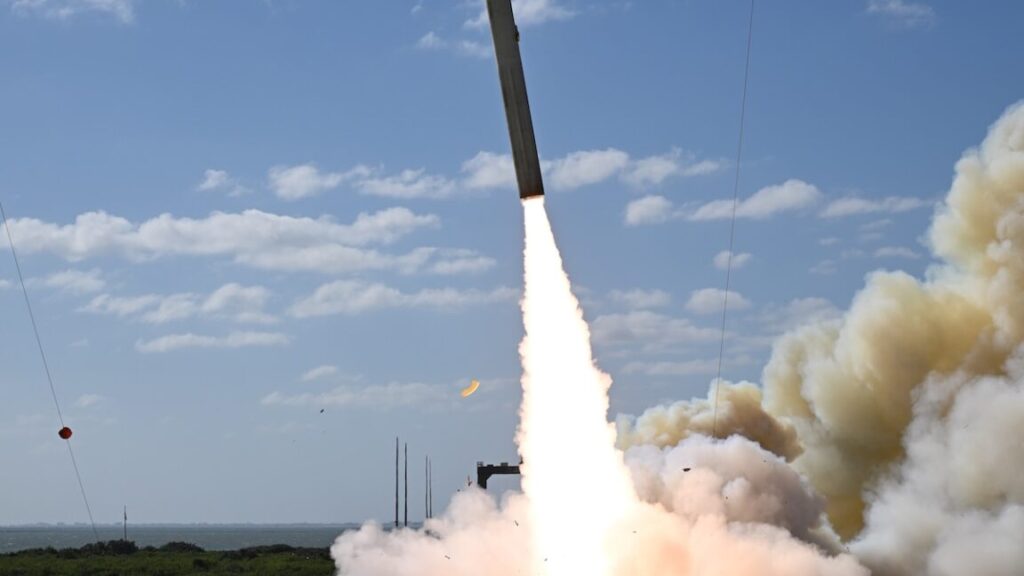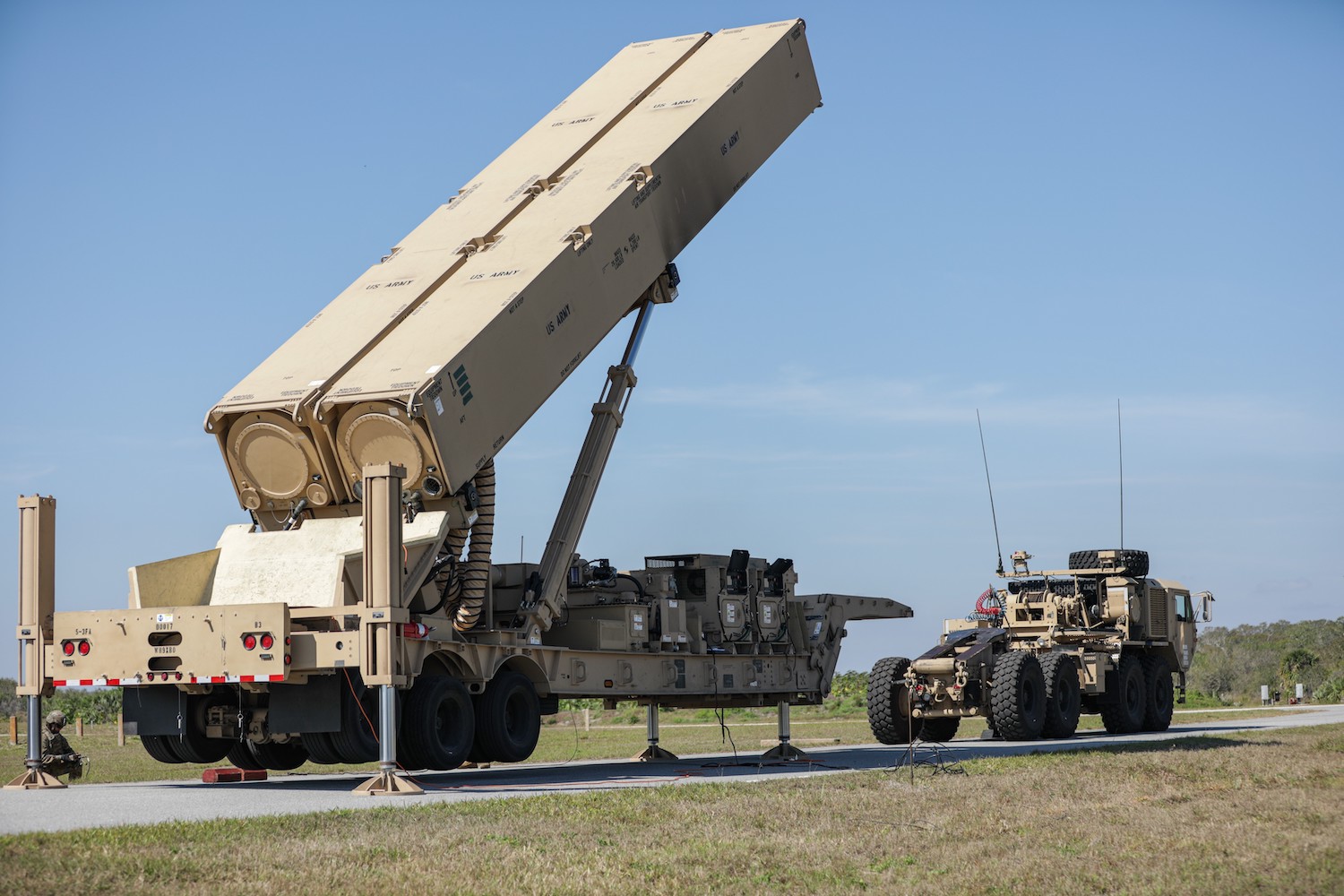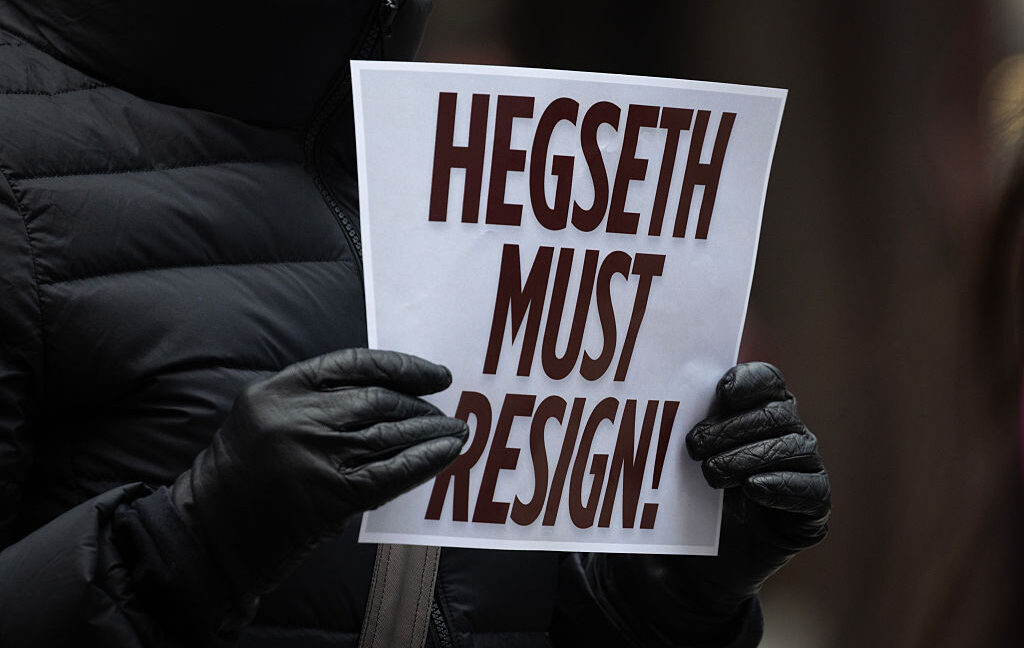Trump says TikTok should be tweaked to become “100% MAGA”
Previously, experts had suggested that China had little incentive to follow through with the deal, while as recently as July, ByteDance denied reports that it agreed to sell TikTok to the US, the South China Morning Post reported. Yesterday, Reuters noted that Vice President JD Vance confirmed that the “new US company will be valued at around $14 billion,” a price tag “far below some analyst estimates,” which might frustrate ByteDance. Questions also remain over what potential concessions Trump may have made to get Xi’s sign-off.
It’s also unclear if Trump’s deal meets the legal requirements of the Protecting Americans from Foreign Adversary Controlled Applications Act, with Reuters reporting that “numerous details” still need to be “fleshed out.” Last Friday, James Sullivan of JP Morgan suggested on CNBC that “Trump’s proposed TikTok deal lacked clarity on who is in control of the algorithm, leaving the national security concerns wide open,” CNBC reported.
Other critics, including the Electronic Frontier Foundation’s civil liberties director David Greene, warned in a statement to Ars that the US now risks “turning over” TikTok “to the allies of a President who seems to have no respect for the First Amendment.”
Jennifer Huddleston, a senior fellow in technology policy at the Cato Institute, agreed. “The arrangement creates uncertainty about what influence or oversight the US government might require over this separate algorithm that could raise potential First Amendment concerns regarding government influence over a private actor,” Huddleston said.
Will TikTok become right-wing?
The Guardian recently conducted a deep dive into how the Murdochs’ and Ellisons’ involvement could “gift Trump’s billionaire allies a degree of control over US media that would be vast and unprecedented” by allowing “the owners of the US’s most powerful cable TV channels” to “steer the nation’s most influential social network.”
Trump says TikTok should be tweaked to become “100% MAGA” Read More »
